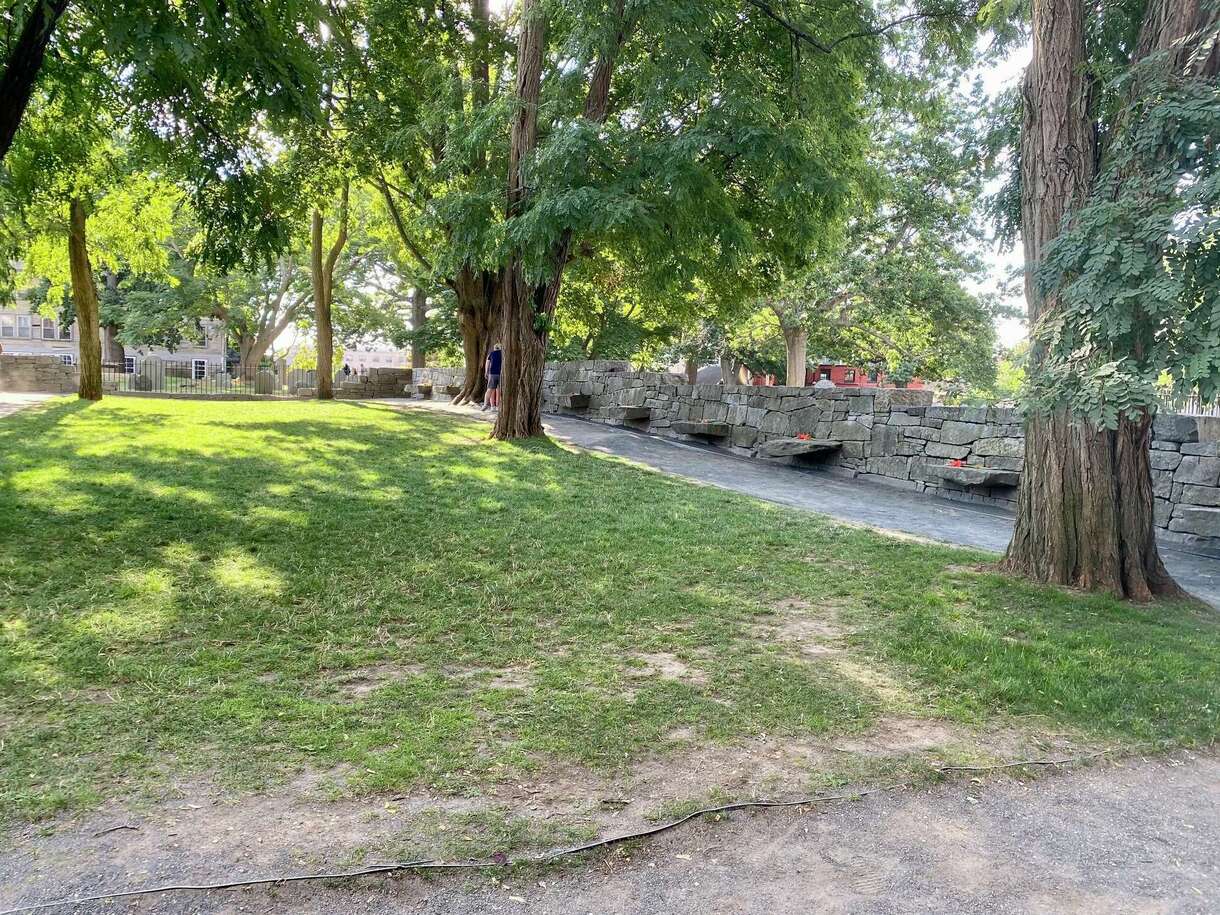Connecticut’s Secret Witch Trial Locations And Their Dark Past

Connecticut might not be the first place that comes to mind when thinking about witch trials, but it holds a mysterious past. Before the infamous Salem events, Connecticut had its own series of witch trials that left a mark on history. Between 1647 and 1663, several people were accused, tried, and even executed for witchcraft in this New England state. These trials were fueled by fear, superstition, and a desire to maintain order in a rapidly growing colony. Today, the remnants of these events can be found in various locations across Connecticut. From old courthouses to forgotten graveyards, these sites tell the story of a time when fear ruled over reason. Visiting these places offers a glimpse into a chilling chapter of history, reminding us of the dangers of hysteria and the importance of justice.
Connecticut's Hidden Witch Trial Sites
Connecticut's witch trials predate the infamous Salem trials by decades. These events, shrouded in mystery, took place in various locations across the state. Let's uncover some of these eerie sites where history whispers tales of fear and superstition.
Hartford: The First Witch Trial
Hartford, the state's capital, holds the distinction of hosting the first witch trial in the American colonies. In 1647, Alse Young became the first person executed for witchcraft in New England. This city, with its rich history, offers a glimpse into the early colonial mindset.
- Old State House: This historic building stands near the site where Alse Young was hanged. Today, it serves as a museum, preserving Hartford's past.
Wethersfield: A Town Gripped by Fear
Wethersfield, a small town, witnessed a series of witch trials in the 17th century. The fear of witchcraft spread like wildfire, leading to multiple accusations and executions.
Wethersfield Cove: This picturesque area was once the backdrop for the trials. Visitors can stroll along the water, imagining the tense atmosphere of the past.
First Church of Christ: The church played a significant role during the trials. Its records provide insight into the community's fear and paranoia.
Windsor: A Community Divided
Windsor, one of Connecticut's oldest towns, was not immune to the witch hysteria. The trials here divided the community, leaving scars that lingered for generations.
Palace Theater: Built on the site of the original meeting house, this theater stands as a reminder of the town's turbulent history.
Oliver Ellsworth Homestead: This historic home belonged to a prominent family involved in the trials. It now serves as a museum, offering tours that delve into Windsor's past.
Fairfield: A Haven for Accusations
Fairfield, a coastal town, became a hotspot for witchcraft accusations. The trials here were marked by intense fear and suspicion.
Fairfield Museum and History Center: This museum houses artifacts and documents from the trials, providing a window into the town's dark past.
Old Burying Ground: Many of those accused of witchcraft were laid to rest here. The weathered tombstones tell silent stories of lives lost to fear.
New Haven: The Last Witch Trial
New Haven, known for its prestigious university, was the site of Connecticut's last witch trial. The trial marked the end of an era, as the colony moved away from witchcraft hysteria.
New Haven Green: This central park was once the site of public executions. Today, it serves as a peaceful gathering place, with no hint of its grim history.
Yale University Archives: The archives contain records of the trial, offering a scholarly perspective on this dark chapter in history.
Reflecting on Connecticut's Hidden History
Connecticut's witch trial locations hold a significant yet often overlooked part of American history. These sites remind us of a time when fear and superstition led to tragic consequences. Visiting these places offers a chance to learn about the past and reflect on how far society has come. The stories of those accused and tried for witchcraft serve as a cautionary tale about the dangers of hysteria and injustice. Exploring these locations can be a sobering experience, but it also provides an opportunity to honor the memories of those who suffered. By understanding this dark chapter, we can better appreciate the progress made in ensuring justice and fairness. Whether you're a history enthusiast or simply curious, these sites offer a unique glimpse into a world shaped by fear and misunderstanding. Embracing this history helps us build a more informed and compassionate future.

